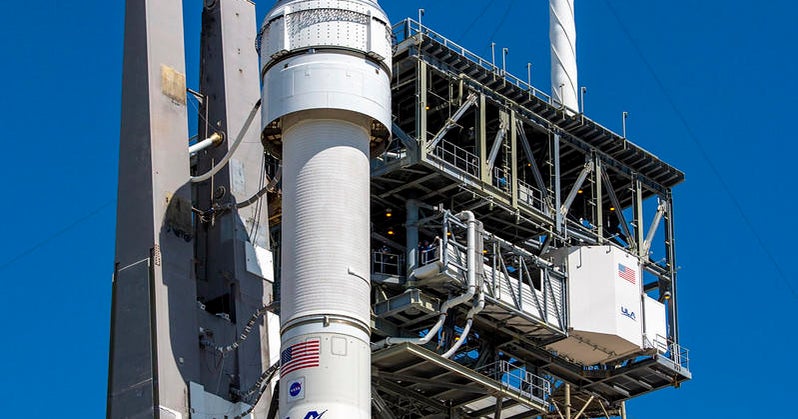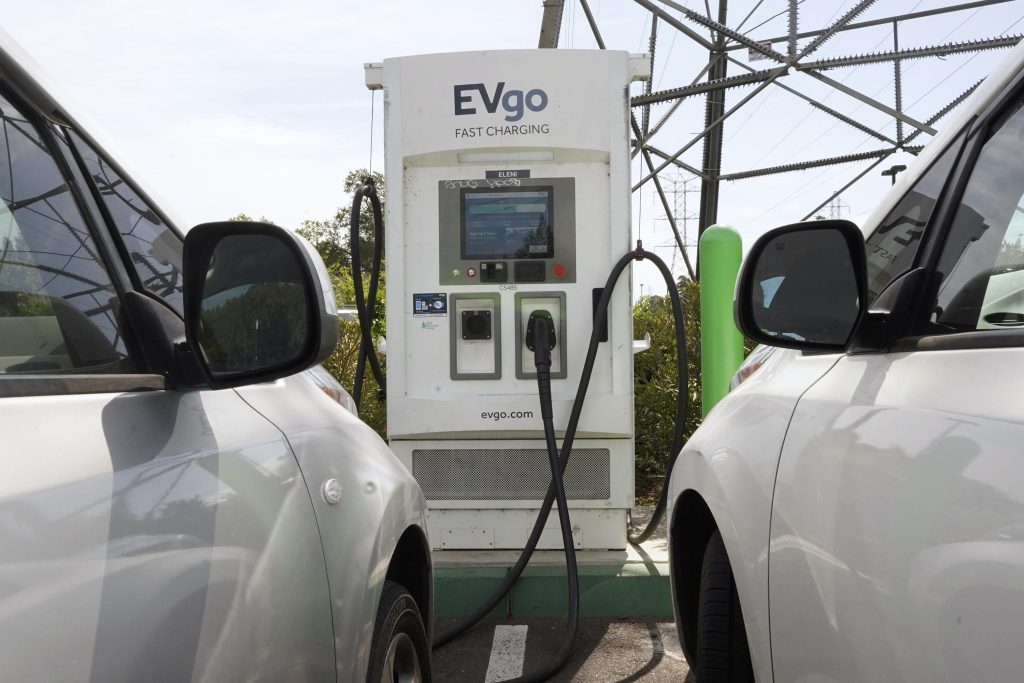SACRAMENTO, CA (AP) – The state of California plans to require all new cars, trucks and SUVs to run on electric or hydrogen by 2035 under a policy approved Thursday by regulators seeking to cut carbon emissions and permanently end the fuel that runs Gasoline vehicles.
The California Air Resources Board’s decision came two years after Governor Gavin Newsom first directed regulators to consider such a policy. If the target is reached, California will halve emissions from cars by 2040.
The move gives the most populous US state the strictest regulations in the world for a transition to electric vehicles. Other states are expected to urge California’s approach and speed up zero-emission vehicle production by automakers.
The policy still needs federal approval, but that is very likely under the administration of Democratic President Joe Biden.
“This is a historic moment for California, our partner states, and the world as we lay this path toward a zero-emissions future,” Air Board Chairman Lianne Randolph said during a public hearing before the vote.
The policy allows Californians to continue to drive gas-powered cars and buy used cars after 2035, but no new models will be sold in the state.
A fifth of automakers’ sales after 2035 could be plug-in hybrids, which run on batteries and gas, but the rest should be powered by electricity or hydrogen only.
The European Parliament in June backed a plan to ban the sale of gas and diesel cars in the 27-nation European Union by 2035, and Canada mandated the sale of zero-emissions cars by the same year.
California climate officials say the state’s new policy is the most ambitious in the world as it sets standards for increasing electric vehicle sales over the next 13 years.
The first mandatory minimum comes in 2026, when a third of all vehicles sold in the state must be zero-emissions. Automakers can be fined $20,000 for each vehicle sold below that target.
About 16% of the cars sold in California in the first three months of this year were electric.
Washington and Massachusetts have already said they will follow California’s lead, and many are likely to follow — New York and Pennsylvania are among the 17 states that have adopted some or all of California’s exhaust emissions standards that are stricter than the federal rules.
Kia’s Laurie Holmes said the company plans to spend $25 billion by 2025 on electric vehicles and hopes to offer seven models by 2027.
But she and several other representatives of the auto companies have expressed concern about the country’s timeline given factors such as supply chain challenges and the high cost of materials needed to build electric cars.
“Auto manufacturers may face significant difficulties in achieving this goal due to the elements outside the industry’s control,” she said.
Switching from gas to electric cars will significantly reduce emissions and air pollutants, but the transition will be painful for the state’s oil industry. California remains the seventh largest oil-producing US state, although its production has declined as climate goals are pushed forward.
Tania Derevi, vice president for climate policy at the Western Petroleum Association of States, an oil industry group, said California should not wrap its entire transportation strategy around an electric-powered car market.
“Califorians should be able to choose vehicle technology, including electric vehicles, that best suits their needs based on availability, affordability, and personal necessity,” she said.
California is the most populous state in the country, with a population of about 39 million. They account for 10%. of the US auto market but has 43% of the country’s 2.6 million registered electric vehicles, according to the Aviation Council.
Reaching the 100% target by 2035 means overcoming very practical hurdles, notably enough reliable power and charging stations.
California now has about 80,000 stations in public spaces, well short of the 250,000 it wants by 2025. The Alliance for Automotive Innovation, which represents many major automakers, has warned of a lack of infrastructure, and access to materials to make batteries. , and supply chain issues as among the challenges to meeting the state’s timeline.
The new commitment comes as California works to maintain reliable electricity while moving away from gas-fired power plants in favor of solar, wind and other cleaner energy sources. Earlier this year, California’s top energy officials warned that the state could run out during the hottest days of summer, which happened briefly in August 2020.
This has not happened yet this year. But Newsom, a Democrat, is pushing to keep the state’s last remaining nuclear plant open beyond planned in 2025, and the state may turn to diesel generators or natural gas plants as a backup when the electrical grid is strained.
Adding more car chargers will increase the demand on the power grid.
Ensuring access to charging stations is also key to increasing sales of electric vehicles. An infrastructure bill passed by Congress last year provides $5 billion for states to build tolls every 50 miles (80 kilometers) along interstate highways.
Meanwhile, Newsom has pledged to spend billions to boost sales of zero-emissions vehicles, including adding chargers in lower-income neighborhoods. New rules passed by the Aviation Council state that vehicles must be able to travel 150 miles (241 kilometers) on a single charge.
Driving an electric vehicle long distances today, even in California, requires careful planning about where to park and charge, said Mary Nichols, former president of the California Air Resources Board. She said money from the state and the federal government would go a long way toward strengthening that infrastructure and making electric vehicles a more convenient option.
“This will be a transformative process and auto sales authorization is just one part of it,” she said.
Although hydrogen is one of the fuel options under the new regulations, fuel cell vehicles have made up less than 1% of vehicle sales in recent years.
Both state and federal governments have discounts of thousands of dollars to offset the cost of purchasing electric cars, and the rules include incentives for automakers to make used electric cars available to low- and middle-income people.
Over the past 12 years, California has offered more than $1 billion in rebates for the sale of 478,000 electric, electric or hybrid vehicles, according to the Air Panel.

“Typical beer advocate. Future teen idol. Unapologetic tv practitioner. Music trailblazer.”

/cdn.vox-cdn.com/uploads/chorus_asset/file/25406819/STK051_TIKTOK_CVirginia_D.jpg)





More Stories
A California road toll proposal would have motorists pay by miles driven instead of a per-gallon gas tax
The Meme stock craze is starting to fade
Stocks are treading water with the Dow Jones poised to make another bid for 40,000